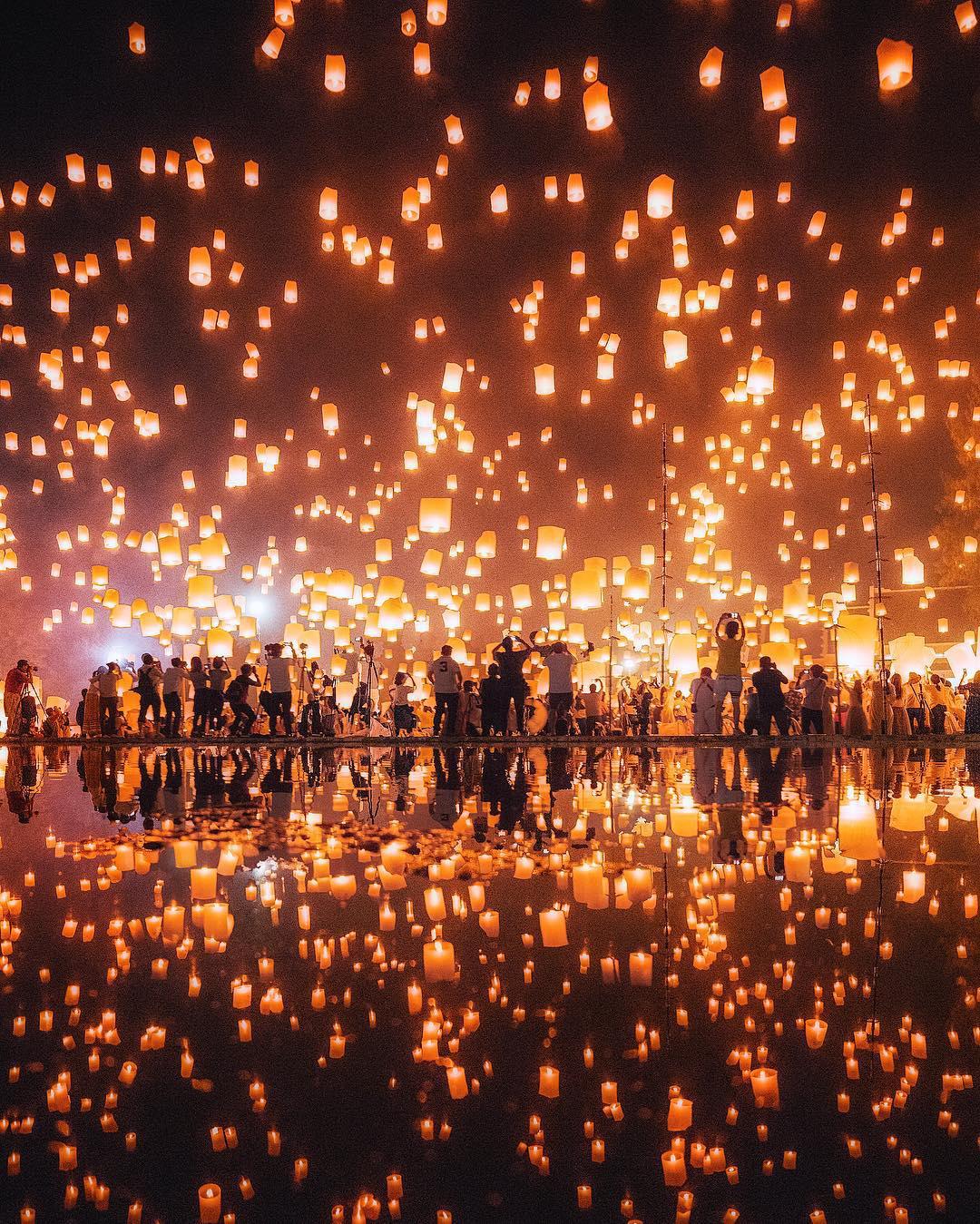Traditional Festivals Celebrated Around the World
Across the globe, cultures express their identity and heritage through vibrant and time-honored festivals. These celebrations, often rooted in ancient traditions and beliefs, provide a window into the unique customs and values of diverse communities. While countless festivals exist, this article highlights five remarkable examples, showcasing the richness and diversity of global cultural expressions.
1. Diwali: The Festival of Lights (India)

Diwali, also known as the Festival of Lights, is one of the most significant and widely celebrated festivals in India and among Hindu communities worldwide. This five-day festival typically falls between mid-October and mid-November, marking the triumph of good over evil, light over darkness, and knowledge over ignorance. The exact origin and meaning of Diwali vary regionally, but core elements remain consistent: illuminating homes with diyas (oil lamps) and candles, exchanging gifts and sweets, and engaging in prayer and worship.
The festival is often associated with the story of Lord Rama's return to Ayodhya after 14 years of exile, defeating the demon king Ravana. The lighting of lamps symbolizes the welcoming of Rama back to his kingdom, signifying the victory of righteousness. In other regions, Diwali is linked to the worship of Goddess Lakshmi, the deity of wealth and prosperity. Devotees seek her blessings for abundance and well-being.
During Diwali, homes and streets are adorned with colorful rangoli (intricate designs created with colored powders) and elaborate decorations. Fireworks are a common sight, adding to the festive atmosphere. Families come together to share meals, exchange gifts, and strengthen bonds. The festival provides an opportunity for reflection, renewal, and celebration of the positive forces in life.
2. Día de Muertos: Day of the Dead (Mexico)

Día de Muertos, or Day of the Dead, is a vibrant and poignant Mexican holiday that honors deceased loved ones. Celebrated on November 1st and 2nd, it's a time for families to connect with the spirits of those who have passed away, remembering and celebrating their lives. Far from being a somber occasion, Día de Muertos is a colorful and joyful celebration filled with music, food, and elaborate decorations.
Central to the celebration are ofrendas (altars) constructed in homes and cemeteries. These altars are adorned with photos of the deceased, their favorite foods and drinks, marigolds (the flower of the dead), candles, and sugar skulls (calaveras). The offerings are believed to attract the spirits of the departed, allowing them to return and reunite with their families for a brief period.
Families often visit cemeteries to clean and decorate the graves of their loved ones, bringing food, drinks, and music to share with the spirits. Children often dress up in costumes and participate in parades and celebrations. Día de Muertos reflects a unique perspective on death, viewing it as a natural part of life and a reason to celebrate the memories of those who are no longer with us.
3. Harbin International Ice and Snow Sculpture Festival (China)

The Harbin International Ice and Snow Sculpture Festival, held annually in Harbin, Heilongjiang, China, is a dazzling display of artistry and engineering. This month-long festival transforms the city into a winter wonderland, showcasing massive and intricate ice and snow sculptures that attract millions of visitors from around the world.
Artists from across the globe gather to create these breathtaking sculptures, using ice blocks harvested from the Songhua River. The sculptures range from realistic depictions of animals and historical figures to fantastical castles and architectural marvels. At night, the sculptures are illuminated with colorful lights, creating a magical and unforgettable spectacle.
The festival also features a variety of winter activities, including ice skating, sledding, and snow tubing. Visitors can explore ice lantern exhibitions, attend cultural performances, and sample local cuisine. The Harbin International Ice and Snow Sculpture Festival is a testament to the human capacity for creativity and a celebration of the beauty and power of winter.
4. Carnival of Rio de Janeiro (Brazil)
The Carnival of Rio de Janeiro is arguably the most famous carnival in the world, a vibrant and exuberant celebration that captures the spirit of Brazil. This annual festival, held in the days leading up to Lent, is a whirlwind of samba music, elaborate costumes, and street parades that draws millions of revelers from across the globe.
The heart of the Carnival is the samba school parades held at the Sambadrome, a purpose-built stadium designed to showcase the spectacular performances. Samba schools, representing different neighborhoods of Rio, compete for the coveted championship title. Each school presents a unique theme, elaborately depicted through costumes, floats, music, and dance.
Beyond the Sambadrome, the Carnival spills onto the streets of Rio, with street bands (blocos) and informal parades taking place throughout the city. People of all ages and backgrounds come together to dance, sing, and celebrate the joy of life. The Carnival of Rio de Janeiro is a powerful expression of Brazilian culture and a celebration of community, creativity, and freedom.
5. Boryeong Mud Festival (South Korea)
The Boryeong Mud Festival is an annual festival held in Boryeong, South Korea, centered around the therapeutic mud found on the Boryeong mudflats. What began as a promotional event for the mud's purported health benefits has evolved into a wildly popular international festival, attracting millions of visitors each year.
The festival offers a range of mud-related activities, including mud wrestling, mud sliding, mud painting, and mud massages. Visitors can immerse themselves in the mud, enjoying its purported skin-nourishing properties and engaging in playful activities. The festival also features live music performances, fireworks displays, and other cultural events.
The Boryeong Mud Festival provides a unique and unconventional way to experience South Korean culture and to celebrate the natural resources of the region. It's a lighthearted and enjoyable event that promotes health, well-being, and a sense of community. The festival demonstrates how even seemingly ordinary materials can be transformed into the basis for a vibrant and engaging cultural celebration.

Comments
Post a Comment